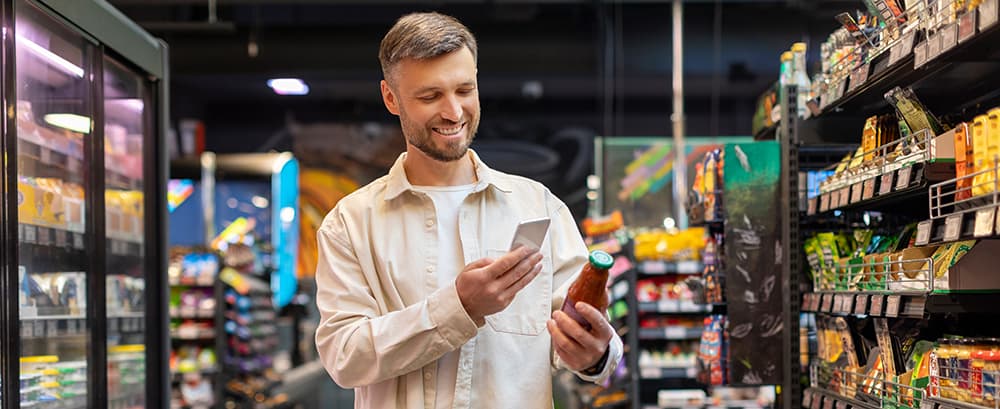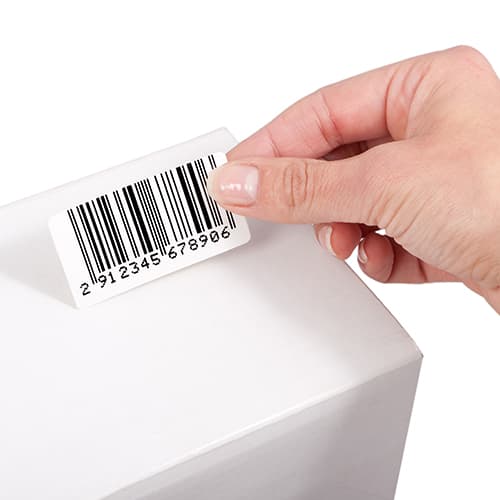
Getting a barcode for your custom product labels is essential for product tracking and sales. We'll guide you through obtaining a barcode, understanding GS1, placement tips, design considerations, and how QR codes can add more value to your labels.

Getting a barcode for your custom product labels is essential for product tracking and sales. We'll guide you through obtaining a barcode, understanding GS1, placement tips, design considerations, and how QR codes can add more value to your labels.
A barcode is a machine-readable code in the form of numbers and a pattern of parallel lines of varying widths, used to identify products. These codes store product information and enable efficient inventory management and sales tracking.
GS1 is the global standard for barcodes. Registering with GS1 ensures your barcodes are unique and recognized worldwide. GS1 standards help maintain consistency, accuracy, and interoperability across the supply chain.
Barcodes for Cosmetic Products:
In industries like cosmetics, barcodes are crucial for efficient inventory management and professional packaging. Adding a barcode for cosmetic products ensures your items meet retail standards while improving stock tracking and sales processes.
To get a unique barcode, you must register with GS1. Here's how:
After completing the registration, GS1 will assign a unique company prefix to your business. This prefix forms the foundation for creating individual product barcodes.

Once registered, you can generate barcodes using GS1's tools or compatible software. GS1 provides an easy-to-use platform for creating barcodes based on your company prefix and product numbers.
How to Create Barcodes for Products:
To create barcodes, start by combining your GS1 company prefix with a unique product identifier. Use barcode software to design scannable codes tailored to your product needs, including cosmetics, food, or other items.
QR codes are a versatile addition to product labels, offering customers access to more than just a product scan. While barcodes are essential for inventory and sales tracking, QR codes serve as an interactive tool for customer engagement.
Integrating QR codes alongside your barcode for cosmetic products can enhance the functionality of your label while maintaining a sleek and professional look.
Register with GS1 to get a unique company prefix. Use this prefix to generate barcodes for your products using GS1 tools or compatible software.
A barcode for cosmetic products is a unique identifier that ensures efficient inventory management, compliance with retail standards, and seamless integration into the supply chain.
Ensure the barcode has sufficient contrast, a quiet zone around it, and is printed at a high quality to avoid scanning errors.
Yes, you can. Barcodes serve inventory needs, while QR codes provide additional product or marketing information. Together, they enhance the functionality of your labels.
Choose durable, moisture-resistant materials like BOPP for labels on cosmetic products. This ensures the barcode and design stay intact even in challenging environments.
Obtaining a barcode for your custom product labels involves registering with GS1, designing a scannable label, and placing it correctly on your product. Follow these steps to ensure your products are ready for the market.
For more information and to create custom labels, visit Wizard Labels.